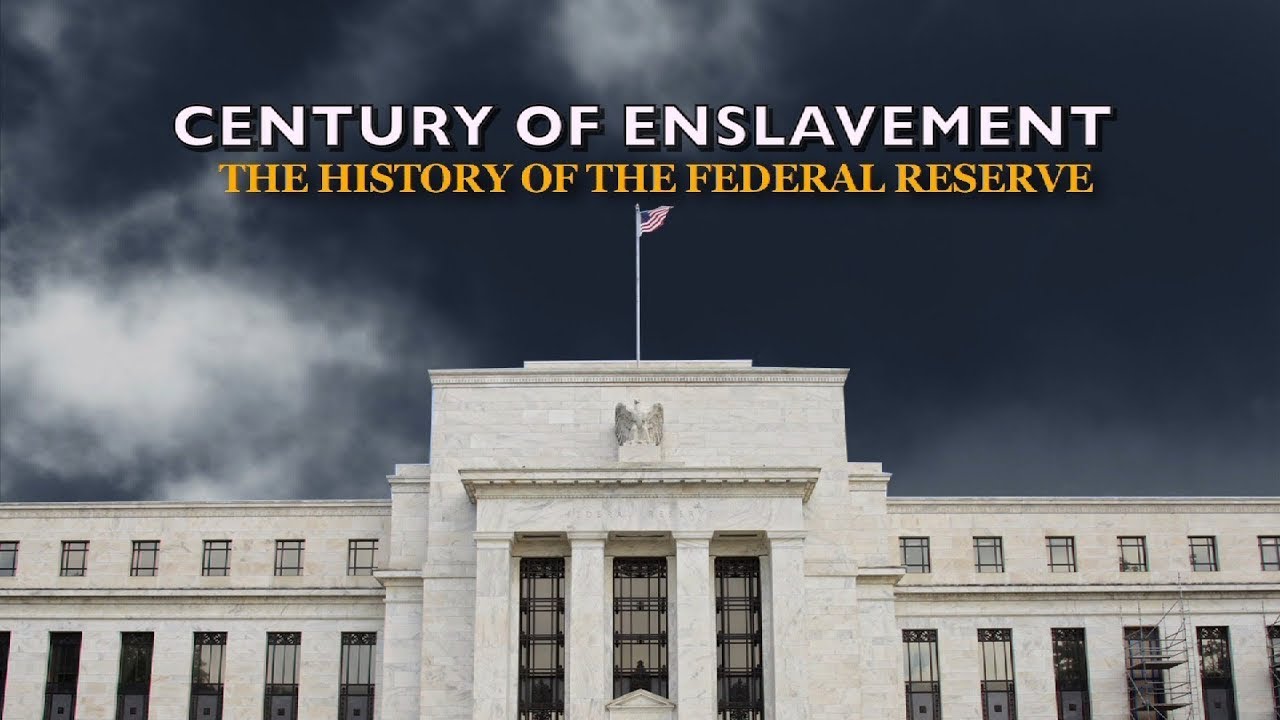This article was originally published by Lance D. Johnson at Natural News.
-
- Bank of America reported $112 billion in unrealized bond losses, representing 57% of its tangible common equity.
-
- The losses stem from pandemic-era investments in low-yield bonds, now devalued by rising interest rates.
-
- The U.S. banking sector faces over half a trillion dollars in unrealized bond losses, raising concerns of systemic risk.
-
- The Federal Reserve’s attempts to lower interest rates have failed to curb rising bond yields, signaling a loss of control over the market.
-
- Without significant fiscal reform or direct Fed intervention, inflation and banking instability could worsen.
Bank of America’s $112 Billion bond losses expose cracks in U.S. banking system
In a stunning revelation this morning, Bank of America disclosed $112 billion in unrealized bond losses, a figure that underscores the precarious state of the U.S. banking system. The losses, which account for nearly 57% of the bank’s tangible common equity, highlight the risks of lockdown-era investments in low-yield bonds—a strategy that has backfired spectacularly as interest rates have surged.
The massive bond losses can be attributed to various factors, including the volatility in the financial markets, changes in interest rates, and the bank’s exposure to certain securities. The losses are considered unrealized, meaning that while the decline in value has been recorded on the bank’s financial statements, the losses have not yet been realized through actual sales of the affected bonds.
Bank of America’s decision to release the report at 6:45 am is unusual and has raised eyebrows among market analysts and observers. Typically, companies release such important financial information during regular trading hours, allowing investors and the media to digest the information and react accordingly. However, Bank of America’s early release of the report may be an attempt to beat the market and limit the immediate impact on the stock price.
The announcement comes amid growing concerns about the stability of the broader banking sector, with the Federal Deposit Insurance Corporation (FDIC) estimating total unrealized bond losses across U.S. banks at over half a trillion dollars. As the Federal Reserve struggles to regain control of the bond market, the question looms: Is this the beginning of a systemic banking crisis?
A familiar story: Silicon Valley Bank’s ghost haunts the industry
Bank of America’s predicament is eerily reminiscent of the collapse of Silicon Valley Bank (SVB) in 2023. Like SVB, Bank of America loaded up on U.S. government bonds during the out-of-control spending during nationwide lockdowns, when interest rates were near zero and bond prices were at historic highs. At the time, these investments were seen as a safe bet. However, as the Federal Reserve began raising rates in 2022 to combat inflation, the value of these bonds plummeted.
The Federal Reserve has attempted to alleviate the pressure on banks by cutting its benchmark interest rate three times in recent months. However, these efforts have failed to stem the tide of rising bond yields. In September, the yield on the 10-year Treasury was 3.59%. Despite the Fed’s rate cuts, yields have since surged to 4.89%, reflecting a disconnect between the central bank’s policies and market realities.
This loss of influence is particularly troubling for banks like Bank of America, which are heavily reliant on lower interest rates to stabilize their bond portfolios. Without a significant reversal in yields, the unrealized losses could soon translate into real financial pain, potentially triggering a wave of bank failures.
The root of the problem: fiscal irresponsibility
The underlying cause of the bond market turmoil lies in the federal government’s unsustainable fiscal policies. Every year, the U.S. runs a multi-trillion-dollar deficit financed by the issuance of new Treasury bonds. As the supply of bonds increases, demand from investors—both domestic and foreign—has waned, driving yields higher.
This dynamic has far-reaching consequences, not just for banks but for the broader economy. Rising bond yields have pushed up mortgage rates, credit card rates, and other borrowing costs, squeezing consumers and businesses alike.
There are only two realistic ways to bring interest rates down: direct intervention by the Federal Reserve or significant fiscal reform. The first option, quantitative easing, involves the Fed creating trillions of dollars to buy government bonds, artificially boosting demand and lowering yields. However, this approach carries significant risks, as the post-COVID inflation surge demonstrated.
The second option—fiscal reform—is far more challenging but ultimately more sustainable. By cutting spending, overhauling regulations, and fostering economic growth, the government could reduce the supply of Treasury and bring interest rates down naturally. In either event, the banking system is showing signs that broader failures are ahead.
Read the full article here


